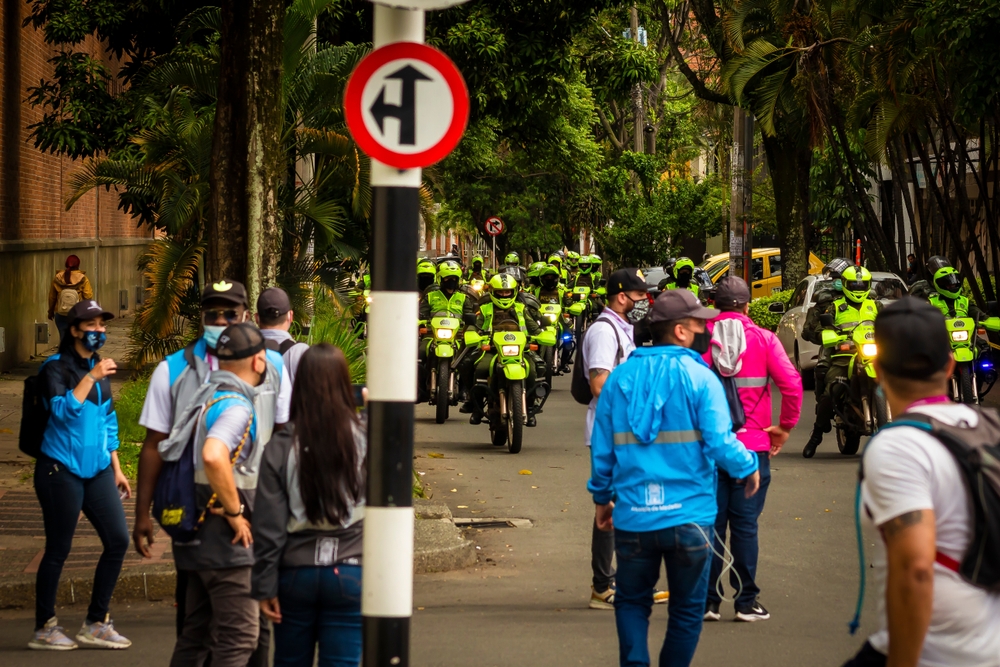According to a new report by the International Labor Organization (ILO), the recovery in youth employment worldwide remains sluggish. The global number of unemployed people aged 15 to 24 is tipped to reach 73 million in 2022 — slightly better than 2021 (75 million), but still six million above pre-pandemic levels.
More worrying is the share of young people not in education, employment, or training (the so-called NEETs) which rose from 21.8 percent in 2019 to 23.3 percent in 2020, a level not seen in at least 15 years.
The situation among women is even more concerning. Between 2019 and 2020, the global employment rate of young women fell from 28.7 to 26.2 percent worldwide, while the ratio for young men dropped from 42.2 to 38.8 percent.
Historically, young women’s unemployment rates in Latin America have been higher than young men’s, but the crisis exacerbated this trend. In 2021, 46 percent of young men were employed in the region compared to only 28 percent of young women.
One of the main reasons for this gender gap regarding work activities is the unequal distribution of caregiving responsibilities within families, historically taken on by women rather than men, which increased during the Covid crisis. In addition, the greater presence of women in sectors hit hard by the pandemic — such as services — helps explain the current situation.
The ILO highlights that lower labor force participation among young people is not necessarily problematic when it is driven by increased educational enrolment. “However, should NEET rates also turn out to be persistently higher in low- and middle-income countries, this crisis will have rendered labor market prospects for young people even bleaker,” writes the report.
The youth labor force participation rate is increasing worldwide, but at different rates, with only rich countries reaching pre-pandemic levels by the end of 2022. In Brazil, according to IBGE data released this Friday, unemployment among those 18 to 24 years old fell to 19.3 percent in the second quarter of 2022. It was 29.4 percent a year earlier.


 Search
Search






































